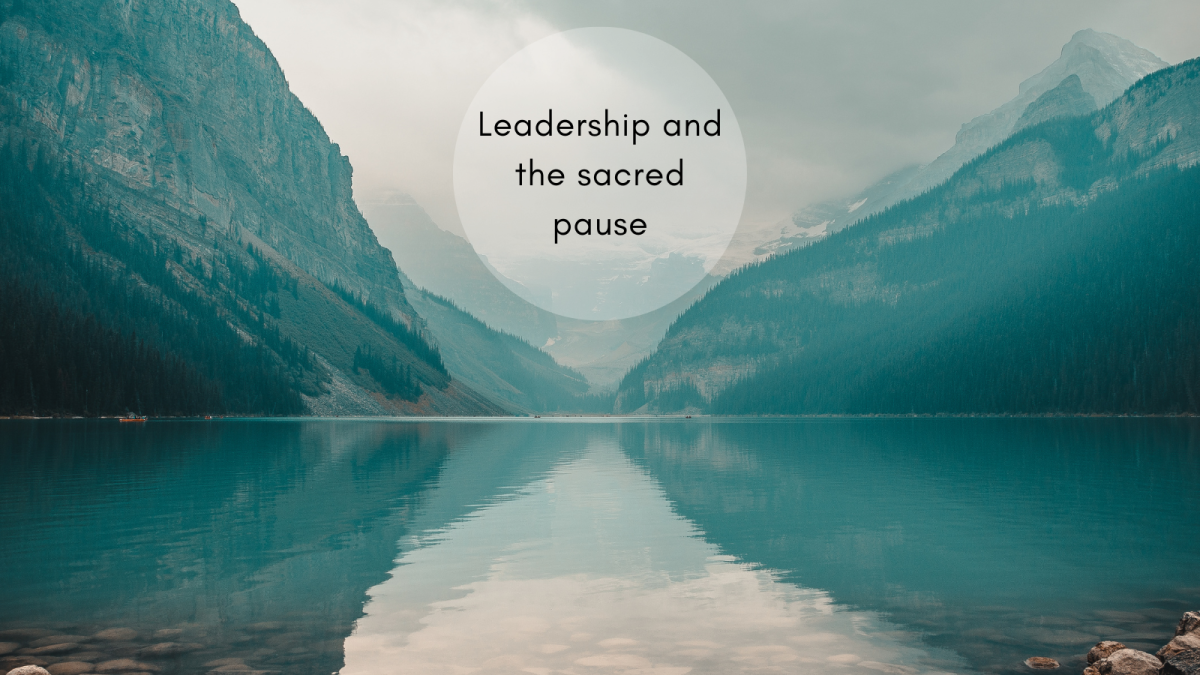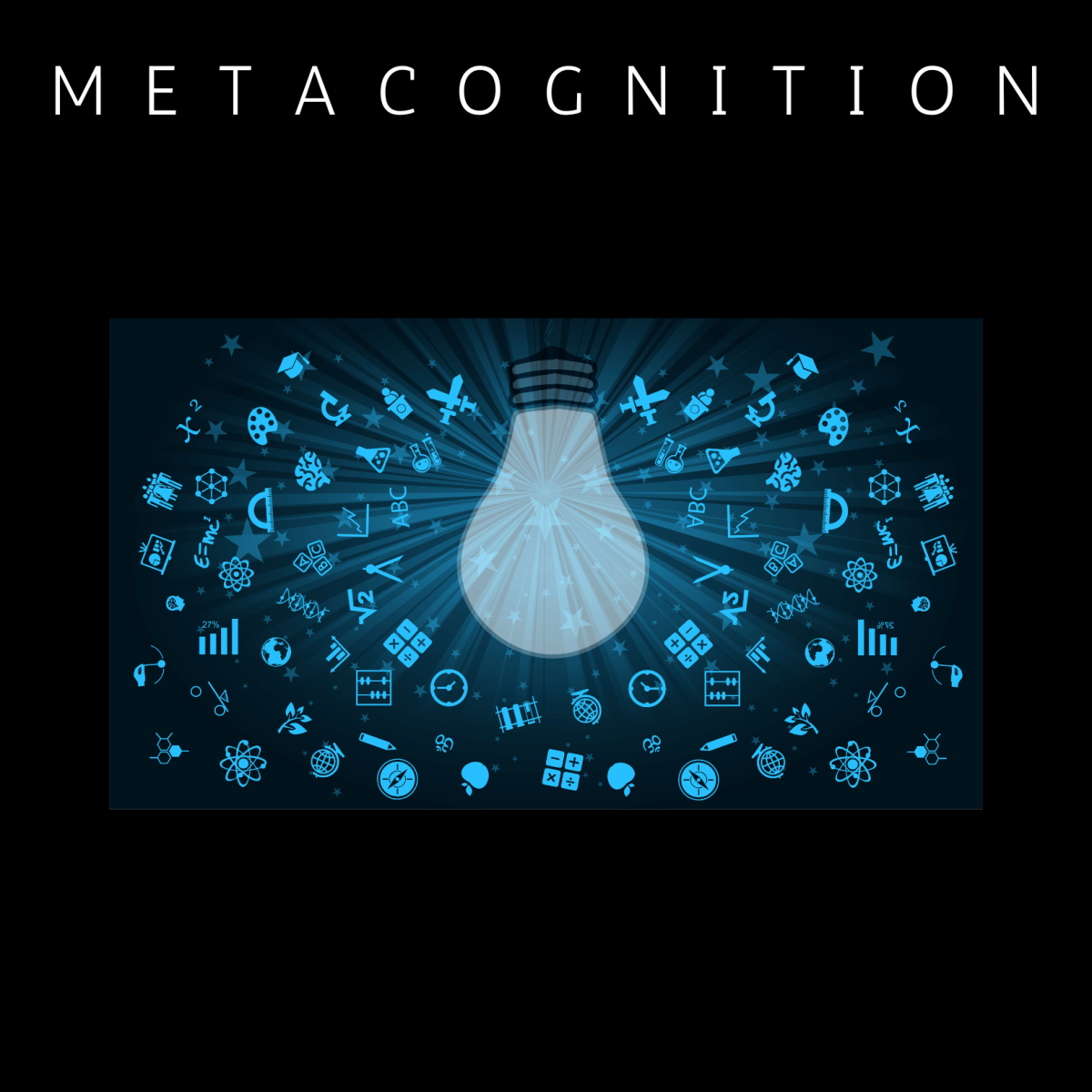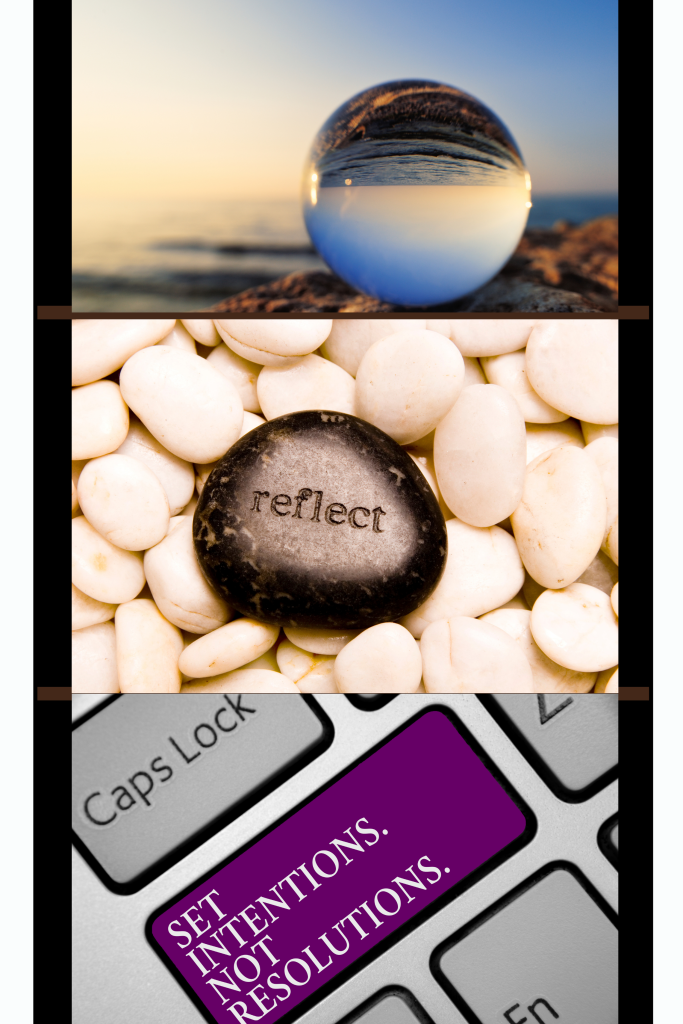I’ve identified one leadership skill to practice this year. It’s a tough one (maybe the toughest of all!), so I’ve given myself a year to practice and reflect on it, and maybe move one step forward to becoming a more conscious leader and human being.
You know that moment between when something happens that triggers you (aka “the stimulus”). It may be a comment in a conversation or meeting, an action from a colleague (or yourself), or it may be an organizational decision that is completely out of your control. Something happens that causes your emotions to kick into high gear. Most often in these moments, I react (aka “the reaction”). In more cases than not, that reaction is sometimes more charged than I would like it to be. These reactions are often grounded in a space of judgment, rather than in a space of curiosity and learning. In those moments, I am not my ideal self as a leader.
The sacred pause
I first learned of the concept of the sacred pause from Tara Brach (n.d.).
Tara shares that the sacred pause involves stopping and “paying attention to your immediate experience” or what is happening within you. Say I am triggered by something that I disagree strongly with in a meeting (“the stimulus”). A typical response for me may be to interject, interrupt the conversation, and strongly state my point of view. In most situations, I am not putting my ideal leadership self forward in these moments.
Insert “the sacred pause” in between “the stimulus” and “the reaction”, and you get a more thoughtful and intentional leadership response.
The sacred pause of breathing kindness
Breathing kindness is my go-to strategy for practicing the sacred pause. Here is how it looks.
If I am catch myself feeling triggered in a meeting:
- I notice. I am experiencing a strong reaction and emotion.
- I identify the emotion and my inner experience. I am feeling anger and frustration. My heart is racing, my jaw is tense, and my eyes are tightening.
- I breath. I take a deep breath (or 20!) breathing in kindness for myself and breathing out kindness for others.
After noticing, feeling and breathing, I am able to more thoughtfully and intentionally respond to the stimulus. My most common response in these moments? Nothing at all. The more I practice the sacred pause of breathing kindness, the more I’ve come to recognize that my charged inner experiences pass naturally, AND what is triggering me in the moment passes as well.
The sacred pause of inner inquiry
This is a mindfulness strategy that I use when something has triggered me, I hold onto it, and I am consumed by the experience. In these situations, I find myself stuck in my head, spinning in a mind trap. We’ve all been there. We sit and fester in our thoughts and challenging emotions. When I catch myself in these moments, I engage with a longer sacred pause of inner inquiry, reflecting on the following questions, which too are inspired by Tara Brach’s work (Brach, 2023).
- What’s important? What matters most right now?
- What am I feeling and experiencing? What is happening inside me right now?
- How can I meet this (i.e., what is happening inside me right now), with kindness?
- What is my truest path forward? What does love want from me?
There are times when my reflections stop after the first questions, as I realize that what was consuming me, really wasn’t that important at all. Other times, my journal is filled with reflections and options for moving forward that more clearly align with my values, and who I want to be as a leader.
Embracing our emotions at work
I work in higher education. The affective or emotional part of our leadership practice is not something we often talk about, or make visible. And yet, our work as leaders involves our emotions, and our reactions to those emotions – EVERY SINGLE DAY. We can’t leave the “beings” part of humanness when we walk out of our house in the morning.
I’ve held onto a teaching shared by Arthur Brooks (2023) in his book, Build the Life you Want that he co-authored with Oprah Winfrey. He shares that emotions are just signals that there is something happening that requires our attention and action, AND if we take the time to pay attention to and observe these signals, our conscious brain gets to decide how to respond. The sacred pause gives us time to do this; to transition our limbic reactions to more metacognitive and intentional actions.
A challenge to you
Embrace your full self as a leader – emotions and all! Our emotions have a real impact on our experiences and actions as leaders. Learning to lean into, reflect upon, and manage our reactions to our emotions is a leadership superpower. Try or adapt one of the strategies above the next time you feel triggered by your emotions at work. As always, I’d love to learn from you. If you’d like to share another strategy for taking a sacred pause at work, feel free to add it to the comments below!
References
Brach, T. (n.d.) The Sacred Pause. Accessed at: https://www.spiritualityandpractice.com/practices/practices/view/21412?id=21412
Brach, T. (2023) Four Spiritual Inquiries: Finding Heart Wisdom in Painful Times. Accessed at: https://www.tarabrach.com/four-spiritual-inquiries/
Brooks, A. and Winfrey, O. (2023) Build the Life You Want: The Art and Science of Getting Happier. Portfolio/Penguin, NY.



